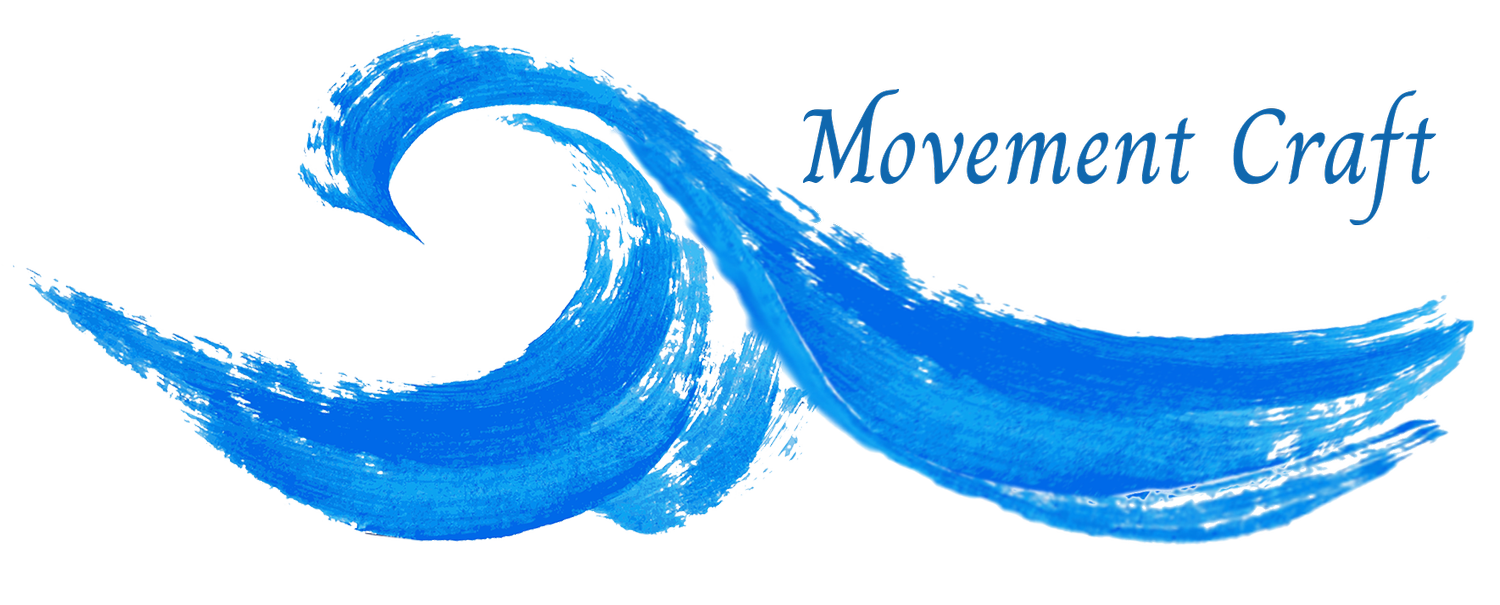Pilates: The Evolution of a Fitness Revolution
Hello, fitness enthusiasts!
Today, I want to take you on a journey to explore an exercise method that has become a fitness phenomenon worldwide - Pilates. If you've ever attended a Pilates class or even simply heard of it, you might be curious about where this practice originated and how it has evolved over time.
The man behind Pilates is none other than Joseph Pilates. Born in Germany in 1880, Joseph's early life was marked by frail health. His childhood was fraught with illnesses such as asthma, rickets, and rheumatic fever. But this weakness was his strength in disguise; it became a driving force that led him to strive for improved health and wellness.
It's intriguing to note that while we call the method 'Pilates', its original name was Contrology, coined by Joseph himself. The name signifies control over one's body, hinting at the essence of his approach. It's a method that focuses on gaining mastery over your body for both mental and physical health. Joseph was a believer in the mind-body connection, emphasizing breathing, alignment, and movement control in his exercises.
In his youth, despite his early frailty, Joseph became an exemplar of fitness. By age 14, he was modeling for illustrated anatomy charts. He was a self-taught athlete, excelling in skiing, diving, gymnastics, and boxing. And if you're wondering how he could transform from a frail child to a robust athlete, it's thanks to the method he devised, tested on himself, and honed over time.
Joseph's method wasn't confined to personal use. During World War I, he used it to help rehabilitate bedridden soldiers in England. Post-war, he moved to New York City, where he and his wife Claire established the first Pilates studio in 1926. They catered to a diverse clientele, including dancers, gymnasts, and other athletes.
However, Pilates was not without its share of challenges. An unfortunate fire in the studio led to Joseph falling through the floor. His physical prowess saved him, but a year later, he passed away, possibly due to complications from smoke inhalation.
After his demise, Pilates was left without a legal heir or a trademark, leading to a unique situation. It meant that any individual could use the Pilates name, and it exists as a general exercise technique, much like yoga. With this freedom also comes the necessity for you to make informed decisions about your Pilates training.
When choosing a Pilates instructor, it's essential to consider their experience. How long they've been teaching and their understanding of the mind-body connection matter a lot. It's crucial to find someone who understands you and can guide you through the unique Pilates journey.
Over time, Pilates has evolved, leading to many different forms that exist today. There's classical Pilates, which sticks closely to Joseph's original teachings, and contemporary Pilates, which integrates modern fitness principles. Personally, I've trained in both and can affirm that there's no right or wrong form. The choice depends on what works for you.
Finally, if you're new to Pilates, I'd like to tell you that it's one of the most accessible forms of exercise. You don't need elaborate equipment to get started - just a mat, your body, and a keen mind. As you progress, a few small props can help, but the main thing is to begin with the fundamentals.
In conclusion, Pilates is a testament to Joseph Pilates' unique insight into the mind, body connection, breathing, alignment, and movement control. He was truly ahead of his time, and his teachings continue to guide the fitness journeys of millions around the world. His two books, "Return to Life through Contrology" and "Your Health," offer invaluable insights into his philosophy and method. I highly recommend them if you wish to delve deeper.
Remember, though, while history and knowledge are essential, the most crucial part of Pilates is the practice itself. Start with the basic skills and gradually build up your ability. This method isn't about high-intensity or rapid results. Instead, it's about slow, controlled movements, intentional breathing, and understanding your body.
Joseph Pilates once said, "The acquirement and enjoyment of physical well-being, mental calm, and spiritual peace are priceless to their possessors." I firmly believe in these words. As someone who has experienced the transformative power of Pilates, I can attest to its impact on physical health, mental peace, and spiritual balance. But like every good thing, it begins with one small step - slowing down, breathing, and paying attention.
I hope this blog post has sparked your interest in the remarkable history of Pilates and its enduring impact on the world of fitness. Whether you're a seasoned Pilates practitioner or someone who's just starting their fitness journey, understanding the roots of this exercise method can add depth to your practice.
So, why wait? Roll out your mat, take a deep breath, and let the journey of Pilates unfold within you.
Until next time, stay healthy, and keep moving!
